Kyoto, Japan
Nijo Castle, Kinkakuji, Ryoanji...what are some of the similarities between them besides being well-known landmarks of Kyoto?
These are recognized UNESCO World Heritage Sites. Such a site is recognized by the United Nations Educational, Scientific and Cultural Organization to be of outstanding universal value to the human civilization.
The impact of such a status and its selection is debatable but that is a matter for the discussion rooms or forums for now. Another UNESCO site of Kyoto are the Kamo shrines located in the northern part of Kyoto. These shrines aren’t as famous as the Nijo Castle or the Kinkakuji, as a result, they were often overlooked in a usual itinerary to Kyoto, but it also meant that they tend to be less crowded (unless there is a festival going on).
The Kamigamo-jinja Shrine attracted worshippers from the Imperial Court as a guardian shrine since its establishment after the founding of Heian-kyo (former name for Kyoto). The Aoi Matsuri also takes place here (as well as the Shimogamo-jinja and Imperial Palace) on the 15th of May every year.
Looking towards the Tsuchinoya from the Hosodono, this is where people engaged in rituals and ceremonies to purify themselves before taking part in the activities.
The building is an example of Heian architecture and it was known to be the family shrine of the powerful Kamo clan of Yamashiro.
Here two tatezuna (sand delta cones) in front of the hosodono building contribute to an atmosphere of mystical and ancient purity.
The Shimogamo Jinja, another of the Kamo Shrines, is one of the oldest shrines of Kyoto. It is situated in the site of ancient Tadasu-no-Mori forest which the ancient Yamashrio Plain remains.
The vermillion colored structure seen above is characteristic of Heian architecture. The Buden Hall is where Shinto rituals and traditional Japanese music performances are held.
The Kamigamo-jinja 上賀茂神社 is accessible via buses (Kamigamo Jinja-mae Bus Stop) :
4 – Departs from Kyoto Station and stops at Shimogamo-jinja and Shijo Kawaramachi as well.
46 – Can be boarded from Shijo-Kawaramachi and Gion.
The Shimogamo-jinja 下鴨神社 is accessible via a short walk from the Demachiyanagi Subway Station. It has a bus stop near its entrance as well (Shimogamo-jinja mae Bus Stop). You can take these buses to Shimogamo-jinja:
4 – Leaves Kyoto Station and stops at Shijo-Kawaramachi and ends at the Kamigamo-jinja.
205 – Departs from Kyoto Station, this bus stops at Shijo-Kawaramachi as well but it heads towards the Kitaoji Bus Terminal and also stops at Kinkakuji-michi (walking distance to Kinkakuji, take note the bus stop Kinkakuji-mae is nearer to the famed Golden Pavilion but not covered by this bus) and near Nishi Honganji. The bus is a loop.

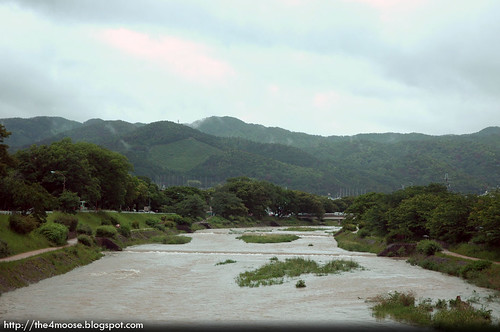
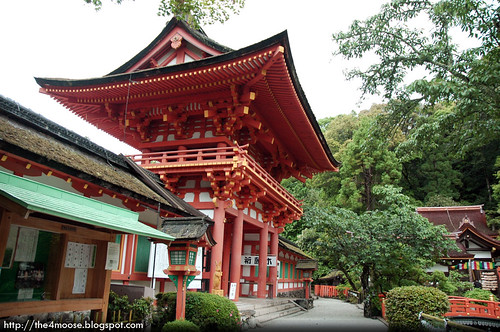
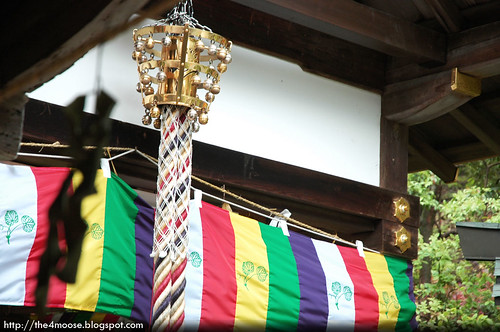
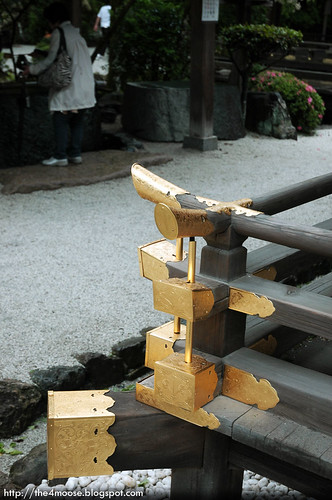
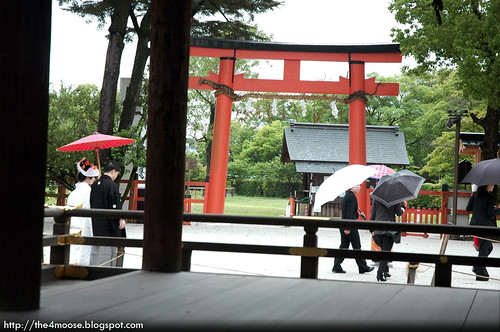
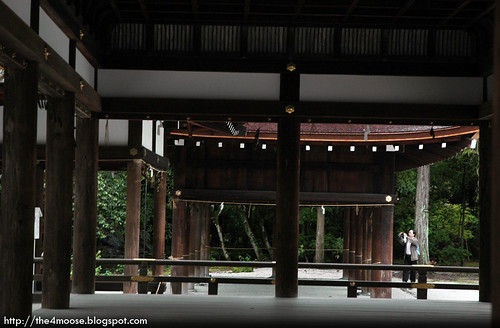
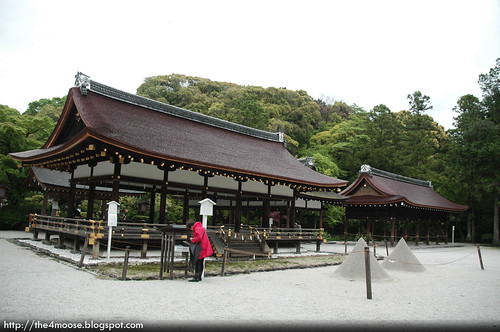
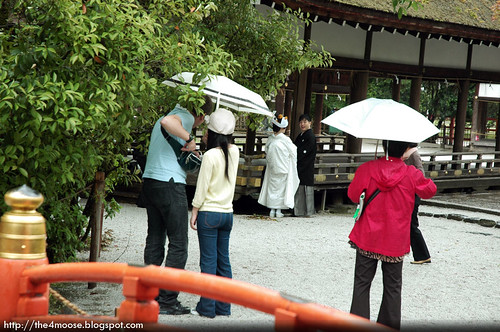

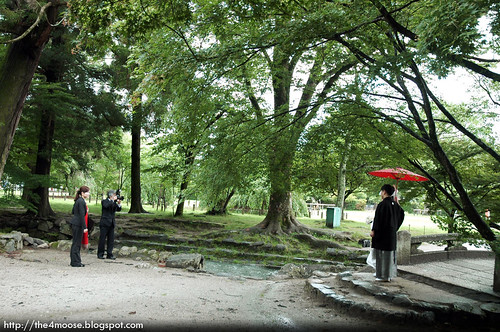
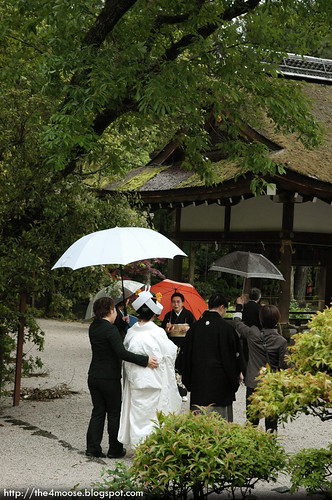
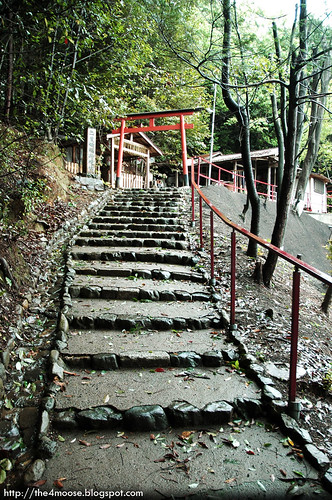
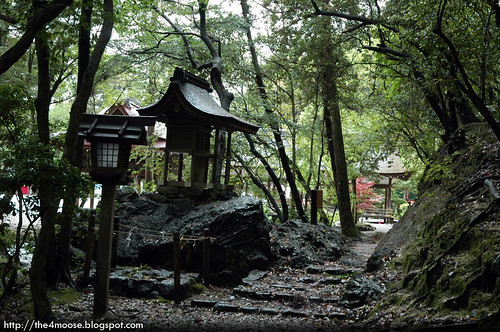

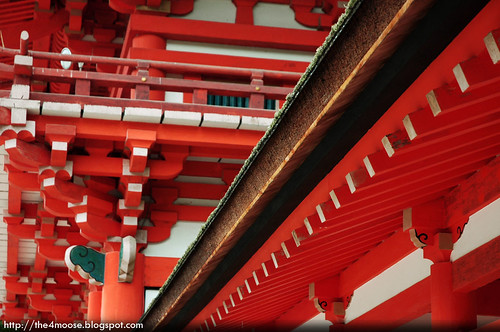
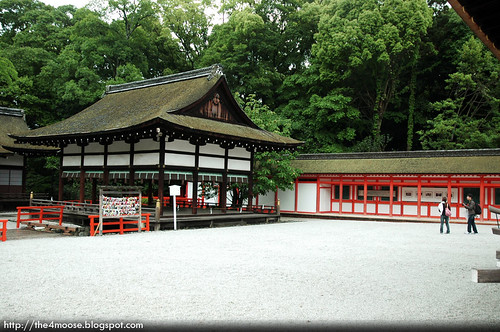
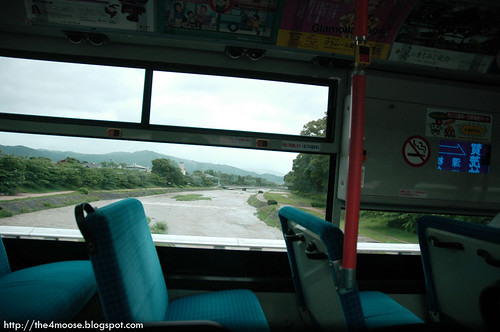














the smell of the pizza sitting in front of me and viewing Japan pictures makes me crave Ramen
ReplyDeletehaha XD
ReplyDelete